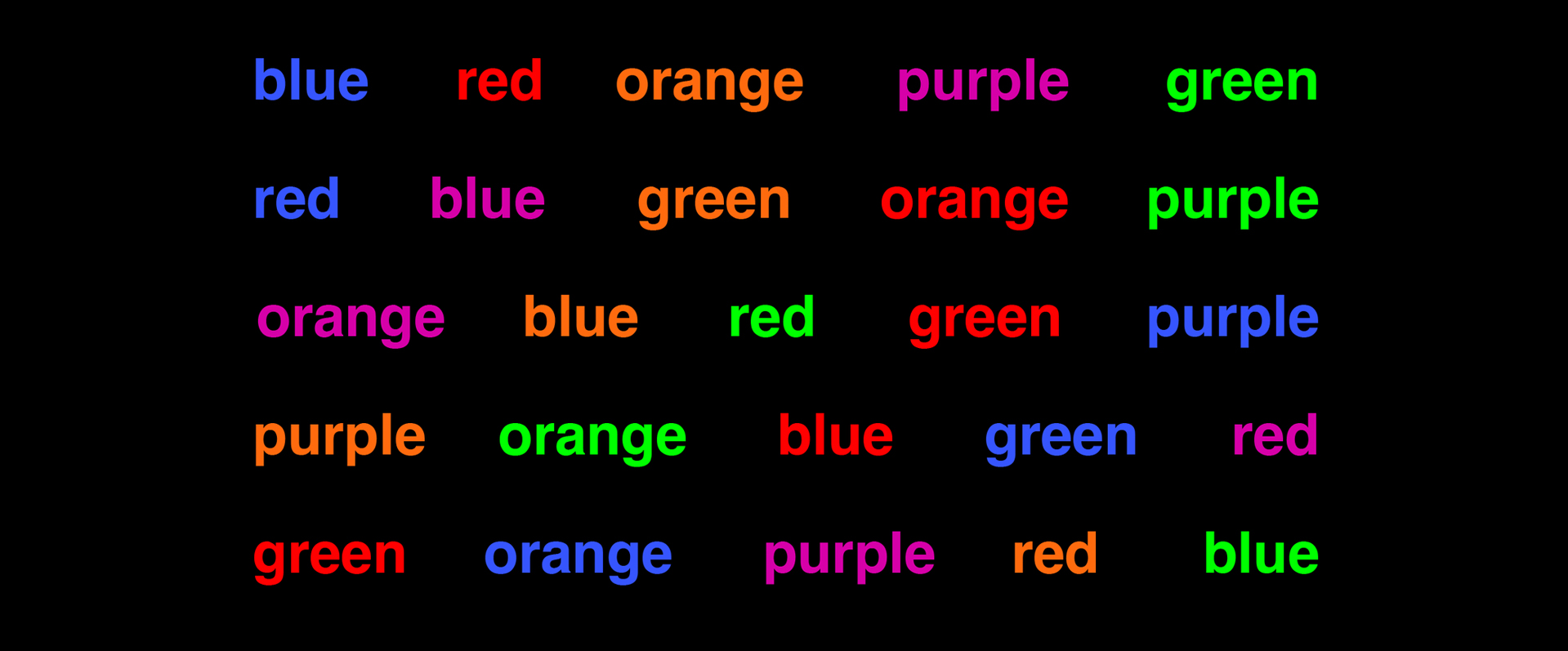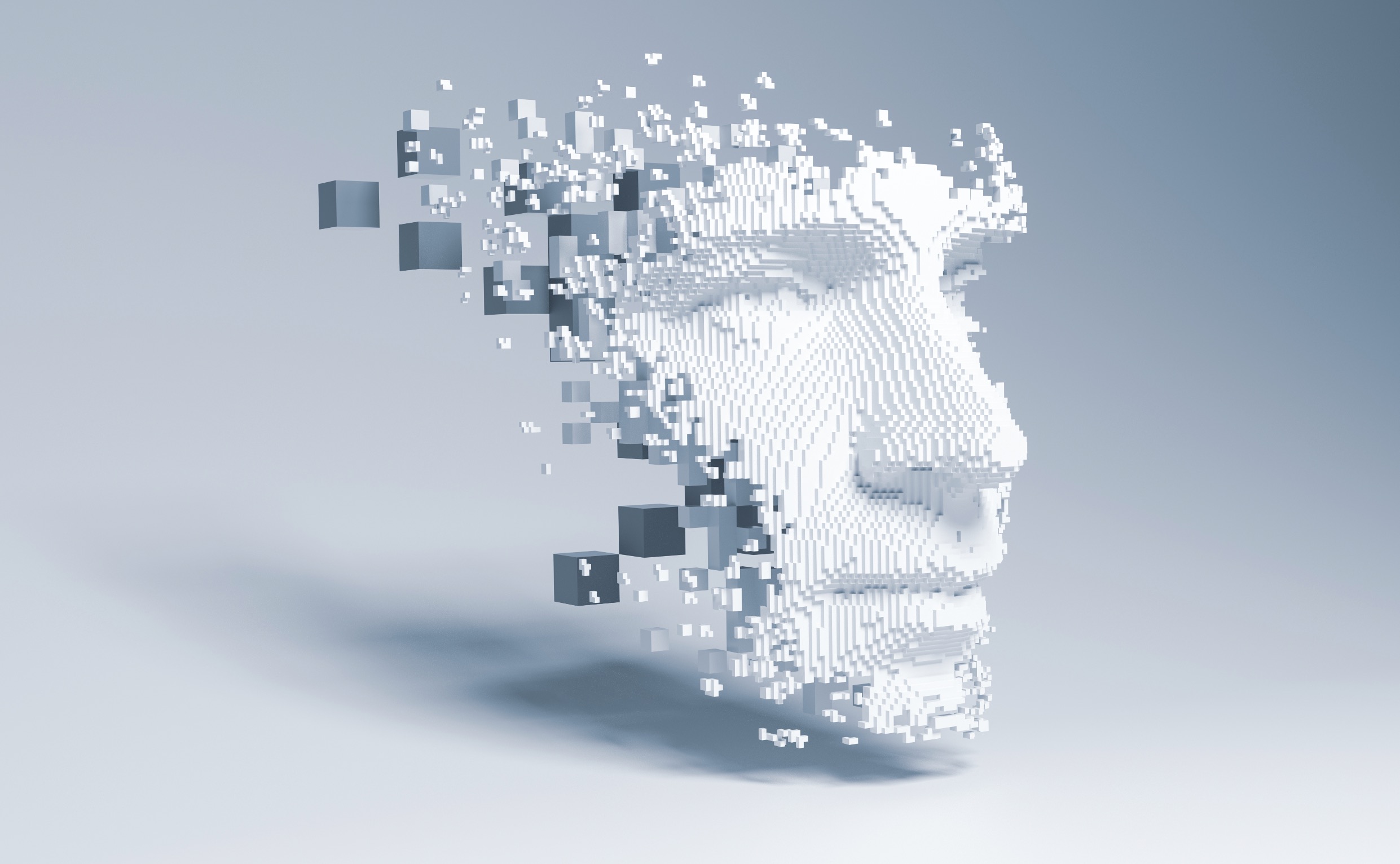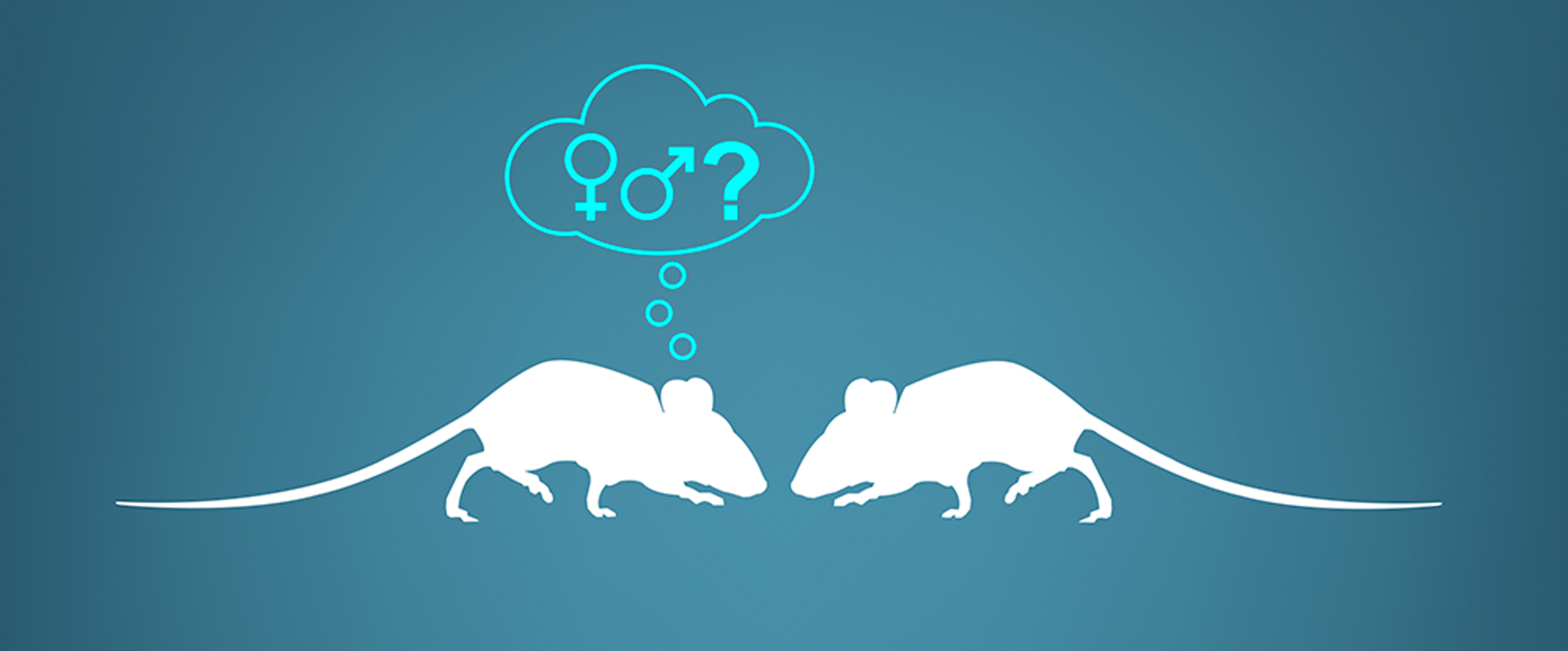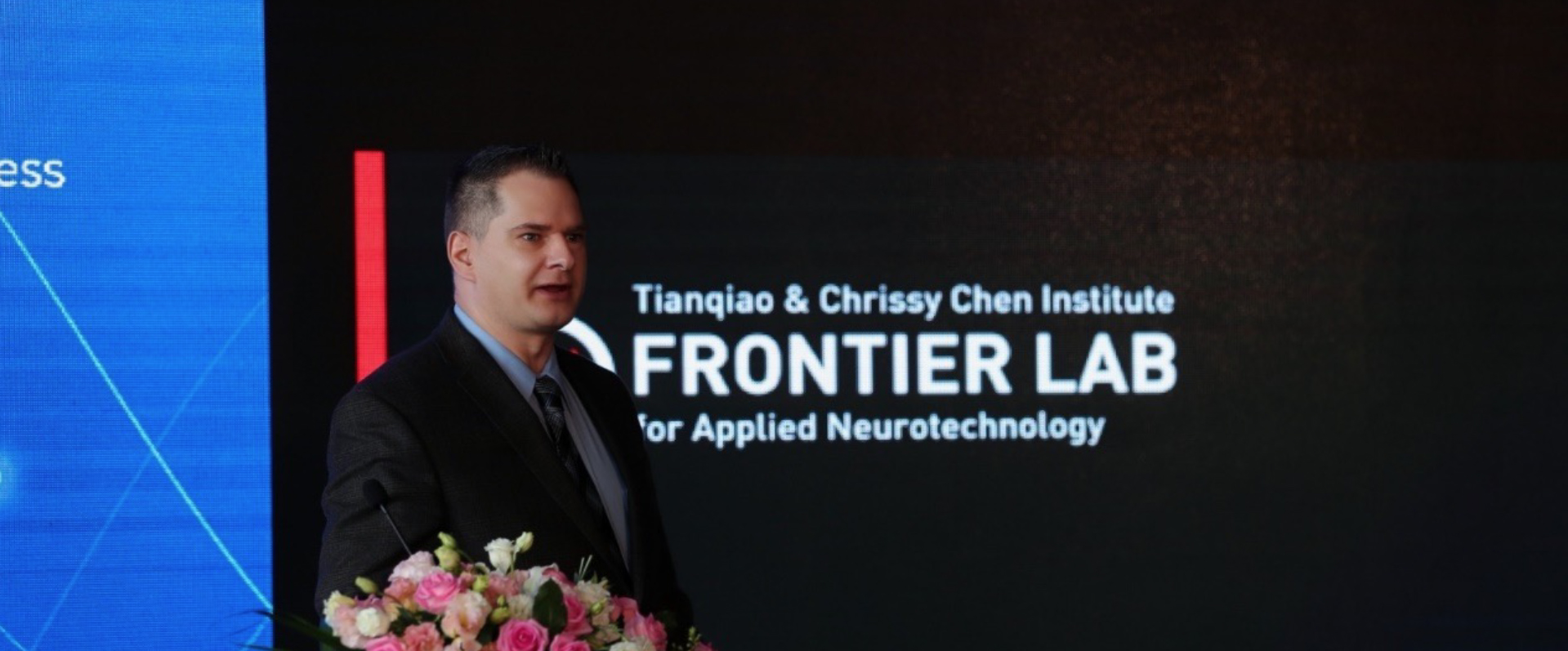-
Four TCCI-affiliated Caltech Researchers among Five to Receive NIH High-Risk, High-Reward Awards

Five Caltech researchers—four TCCI-affiliated faculty members and one postdoctoral scholar—have been awarded grants from the High-Risk, High-Reward Research (HRHR) Program of the National Institutes of Health (NIH). These NIH Director’s Awards are “prestigious awards that are given to exceptionally creative scientists proposing high-risk, high-impact research at all career stages,” and were created “to support unconventional […]
-
A Behavioral Test to Detect Early Risk of Alzheimer’s

Alzheimer’s disease is a neurodegenerative condition that damages a person’s ability to think, remember, and perform basic functions. According to the National Institutes of Health, Alzheimer’s affects more than 6 million Americans, mostly ages 65 and older. Though the neurological damage from the disease is irreversible, early detection and intervention has been shown to slow […]
-
TCCI Investigator Jintai Yu’s Team Publishes First Study on Correlation between Serum Clinical Laboratory Tests and Dementia

Recently, Jintai Yu, professor at Fudan University-affiliated Huashan Hospital and a researcher at the Tianqiao and Chrissy Chen Institute (TCCI), published a study titled “Serum clinical laboratory tests and risk of incident dementia: a prospective cohort study of 407190 individuals” in Translational Psychiatry. The study was designed to investigate the association of common serum laboratory […]
-
Friend or Foe? How Mice Decide to Make Love or War

Dog owners whose pets meet during a walk are familiar with the immediate sniffing investigation that typically ensues. Initially, the owners cannot tell whether their dogs will wind up fighting, playing, or trying to mount each other. Something is clearly happening in the dog’s brain to make it decide how to behave toward the other […]
-
TCCI Investigator Jintai Yu’s Team Reveals Distribution and Risk Factors of Alzheimer’s Disease Continuum in Northern Chinese Han Population

Recently, Jintai Yu, Professor at Fudan University-affiliated Huashan Hospital and Investigator at Tianqiao and Chrissy Chen Institute, published a paper titled Application of the Amyloid/Tau/Neurodegeneration Framework in Cognitively Intact Adults: The CABLE Study in the journal Annals of Neurology. The study aims to reveal the distribution and risk factors of Alzheimer’s Disease (AD) continuum in […]
-
Huberman Lab Podcast interviews David Anderson about the biology of violence, mating and arousal

Andrew Huberman, Ph.D., a neuroscientist and tenured Professor in the Department of Neurobiology at the Stanford University School of Medicine, interviews David Anderson, PhD, a world expert in the science of sexual behavior, violent aggression, fear and other motivated states on his podcast. Dr. Anderson is the Seymour Benzer Professor of Biology and Director and […]
-
How Fruit Flies Sniff Out Their Environments

Fruit flies—Drosophila melanogaster—have a complicated relationship with carbon dioxide. In some contexts, CO2 indicates the presence of tasty food sources as sugar-fermenting yeast in fruit produces the molecule as a by-product. But in other cases, CO2 can be a warning to stay away, signaling an oxygen-poor or overcrowded environment with too many other flies. How […]
-
World Artificial Intelligence Conference Holds First Brain Computer Interface Forum

On September 2, 2022, the Tianqiao and Chrissy Chen Institute (TCCI) Translational Center worked with Shanghai Institute of Microsystem and Information Technology, NeuroXess, Chinese Neuroscience Society and Shanghai Society for Neuroscience to host a first-of-its-kind forum featuring “Brain-Computer Interface Ushers in A New Future for Human Brain” during WAIC 2022. Professor Jinbo Hu, Director of […]
-
Caltech to Study How the Brain Responds to Virtual Environments

The rise of social media has meant that social and professional interactions are increasingly carried out online. This trend is expected to continue in the coming decades, as the digital world becomes more immersive and realistic. To understand how the human brain might be affected by this shift, Dean Mobbs, professor of cognitive neuroscience, is […]
